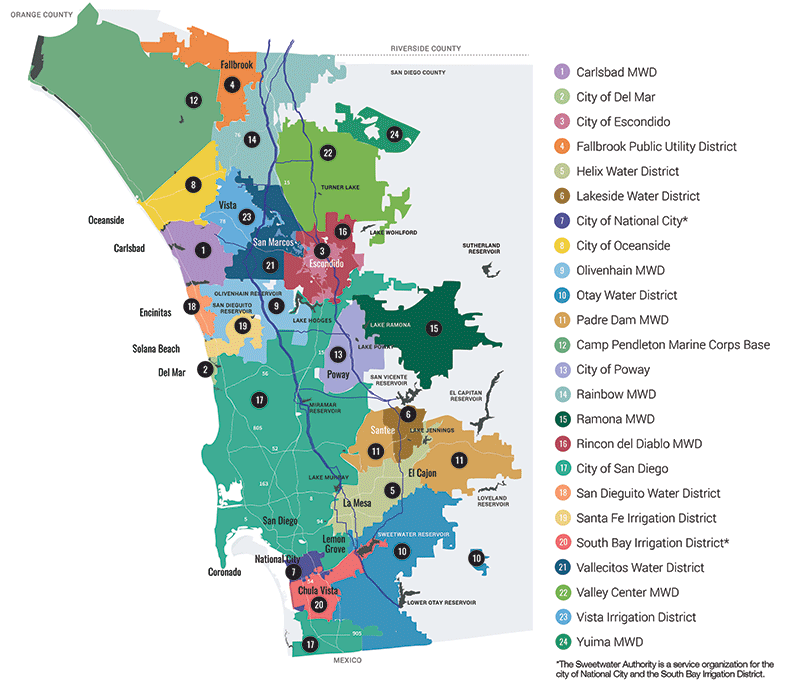Editor’s Note: This feature highlights water utility employees in the San Diego region working during the coronavirus pandemic to ensure a safe, reliable and plentiful water supply. The water industry is among the sectors that are classified as essential. Phil Stevens, Padre Dam Municipal Water District Senior Lab Analyst, is the Water Utility Hero of the Week.
Water Utility Hero of the Week: Phil Stevens
Job/Agency: Padre Dam Municipal Water District Senior Lab Analyst
How did you become interested in working in the water industry?
After serving in the military, I decided to attend college majoring in Biology. Upon graduation, I began searching for a field that is intellectually challenging, has an important role in the community, and contributes a positive impact in the environment. I found a job announcement for a laboratory analyst at Padre Dam Municipal Water District. I was not very familiar with the water industry at the time, but after doing further research it seemed like it would be a great fit for me. I have now been in this field for 18 years and still find this career very rewarding.
How has your job changed during the pandemic?
As one would imagine, work done in a water quality laboratory cannot be done remotely. There have been staffing challenges when a member of the lab staff cannot come into work due to potential COVID-19 exposure or caring for a family member. Early on in the pandemic we also found it hard to get some of the supplies we needed.
How are you keeping safe?
I am keeping safe by following the health guidelines that have been established. My coworkers and I wear a mask and practice social distancing at all times and do our best to stay safe outside of work.
What are you most looking forward to after the crisis ends?
I miss my family and close friends very much and cannot wait to spend time with them. I am also looking forward to attending my children’s sporting events.
The Water Utility Hero of the Week highlights essential work performed during the COVID-19 pandemic by employees of the San Diego County Water Authority’s 24 member agencies.





